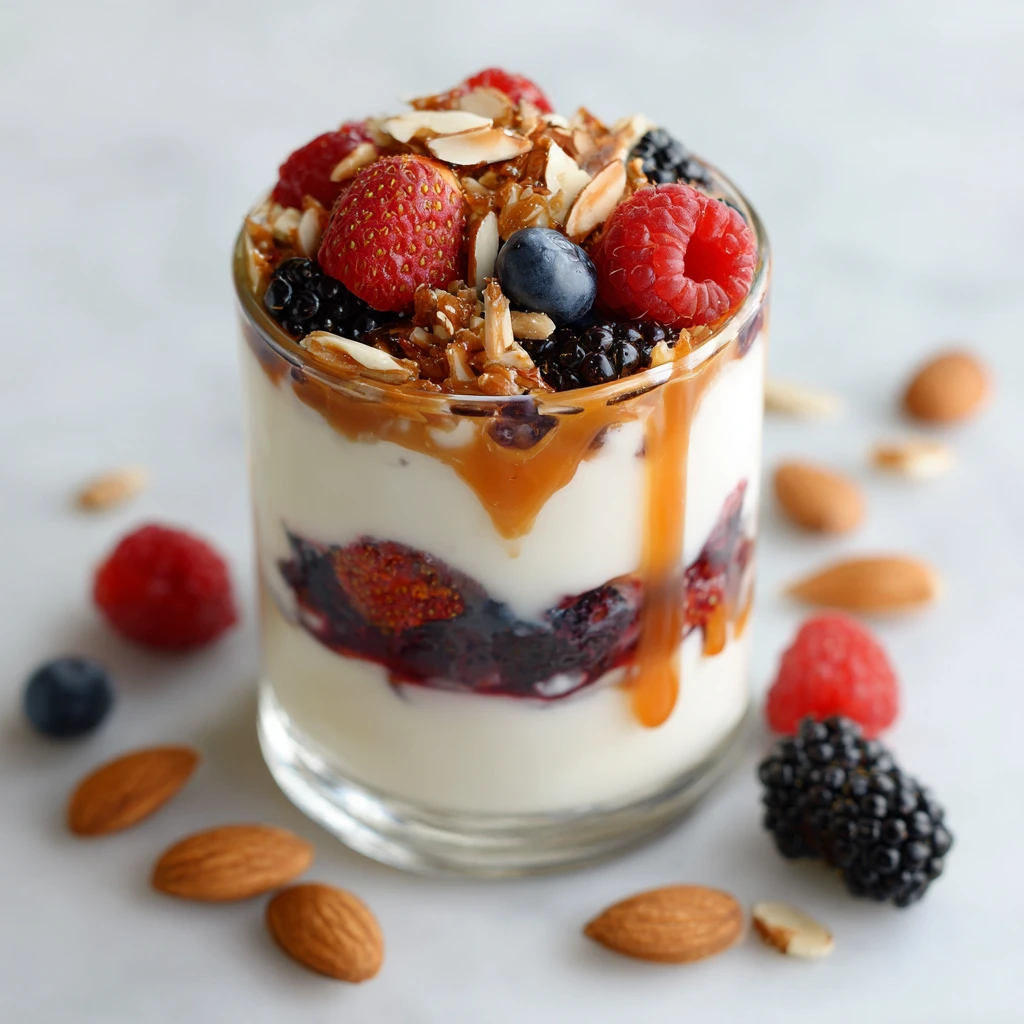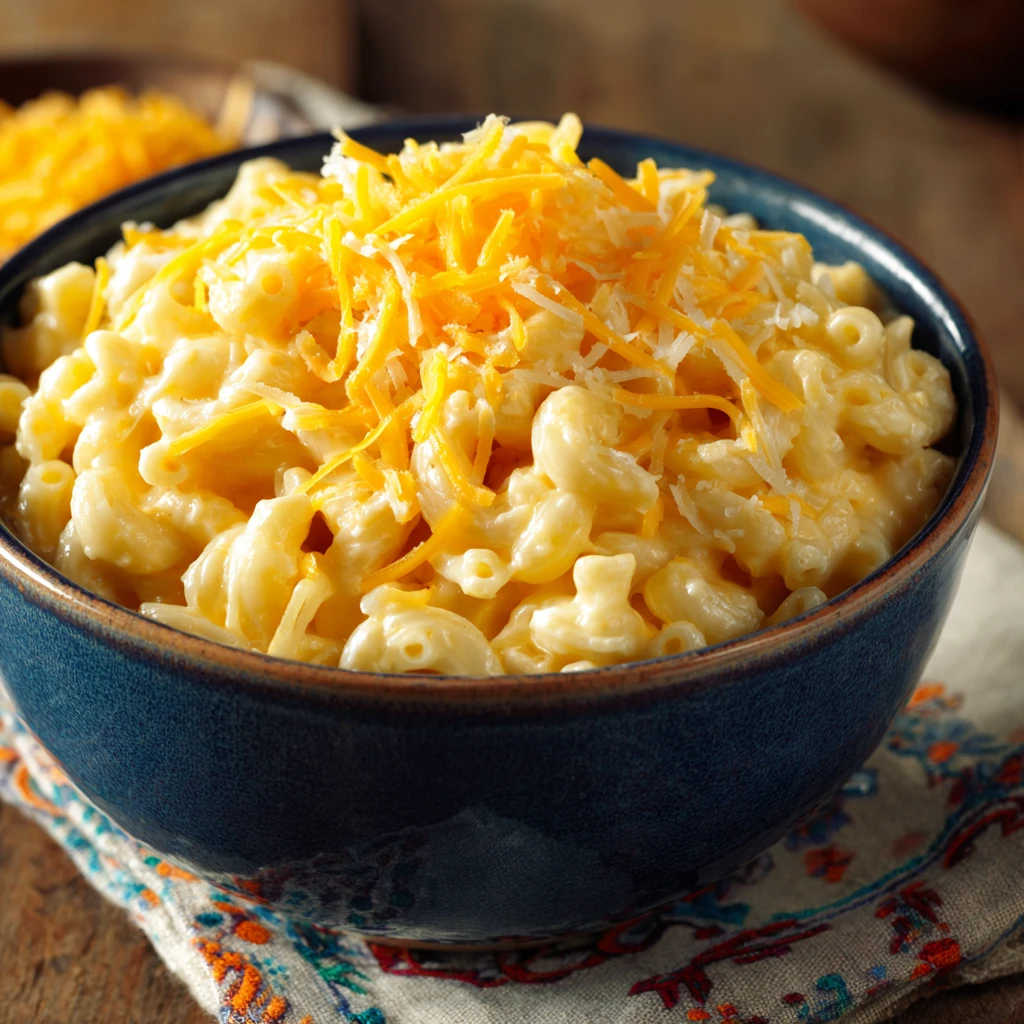Top 10 Healthy Snacks That Actually Taste Amazing
Snacking often gets a bad rap, associated with unhealthy choices and guilt. However, snacking can be a crucial part of a healthy diet, helping to maintain energy levels, prevent overeating at meals, and provide essential nutrients. The key is to choose snacks that are both nutritious and delicious, satisfying your cravings without derailing your health goals. This article unveils the top 10 healthy snacks that prove you don’t have to sacrifice taste for wellness.

1. Greek Yogurt with Berries and a Sprinkle of Nuts
Greek yogurt is a powerhouse of protein, essential for satiety and muscle repair. Its creamy texture and slightly tangy flavor make it a delightful base for various toppings. Adding berries boosts the nutritional value with antioxidants, vitamins, and fiber. A sprinkle of nuts introduces healthy fats, adding crunch and further contributing to feelings of fullness.
Why it’s amazing: The combination of creamy yogurt, sweet berries, and crunchy nuts offers a satisfying textural contrast and a balanced flavor profile that appeals to most palates. The protein content keeps you feeling full for longer, making it an excellent afternoon snack. Choose plain, non-fat Greek yogurt to avoid added sugars.
Nutritional Benefits: High in protein, calcium, and probiotics. Berries are rich in antioxidants and fiber. Nuts provide healthy fats, vitamin E, and magnesium.
2. Apple Slices with Almond Butter
The simple combination of crisp apple slices and creamy almond butter is a classic for a reason. Apples provide fiber and natural sweetness, while almond butter offers healthy fats and protein.
Why it’s amazing: The sweet and tart apple complements the rich and nutty almond butter perfectly. It’s a quick and easy snack that requires minimal preparation and is highly portable.
Nutritional Benefits: Apples are a good source of fiber and vitamin C. Almond butter provides healthy monounsaturated fats, protein, and vitamin E. Choose natural almond butter without added sugar or salt.
3. Edamame (Steamed or Roasted)
Edamame, or steamed soybeans, are a fantastic source of plant-based protein and fiber. They can be enjoyed steamed in their pods with a sprinkle of sea salt or roasted for a crunchy snack.
Why it’s amazing: Edamame has a slightly nutty and subtly sweet flavor. The act of popping the beans out of the pods can be surprisingly satisfying and mindful. Roasted edamame offers a satisfying crunch similar to chips.
Nutritional Benefits: High in protein, fiber, and iron. Contains essential amino acids and isoflavones, which have antioxidant properties.
4. Hard-Boiled Eggs
Hard-boiled eggs are a simple yet incredibly nutritious snack. They are packed with protein and essential nutrients, making them a great choice for curbing cravings and supporting overall health.
Why it’s amazing: Hard-boiled eggs are incredibly versatile. They can be eaten plain, sprinkled with salt and pepper, or added to salads and sandwiches. They are also portable and easy to prepare in advance.
Nutritional Benefits: Excellent source of protein, vitamins A, D, and B12, and choline, which is important for brain health.
5. Cottage Cheese with Pineapple
Cottage cheese is a protein-rich, low-calorie dairy product that pairs well with sweet and acidic fruits. Pineapple adds a burst of tropical flavor and essential vitamins.
Why it’s amazing: The creamy texture of cottage cheese complements the juicy sweetness of pineapple. The combination is both refreshing and satisfying.
Nutritional Benefits: High in protein and calcium. Pineapple is a good source of vitamin C and bromelain, an enzyme with anti-inflammatory properties.
6. Popcorn (Air-Popped)
Air-popped popcorn is a whole-grain snack that’s surprisingly low in calories and high in fiber. Avoid excessive butter, salt, and sugary toppings. Instead, experiment with spices like nutritional yeast, chili powder, or cinnamon.
Why it’s amazing: Popcorn is a satisfyingly crunchy and versatile snack. It can be enjoyed plain or flavored with a variety of savory or sweet spices.
Nutritional Benefits: High in fiber and antioxidants. Air-popped popcorn is a whole grain, which is beneficial for digestive health.
7. Trail Mix (Homemade)
Store-bought trail mixes are often loaded with added sugar and unhealthy fats. Making your own allows you to control the ingredients and create a customized snack that suits your taste and nutritional needs.
Why it’s amazing: A homemade trail mix allows for customization with preferred nuts, seeds, dried fruit, and even a few dark chocolate chips for a touch of sweetness.
Nutritional Benefits: The nutritional benefits depend on the ingredients used, but a well-balanced trail mix can provide healthy fats, protein, fiber, and antioxidants. Choose unsalted nuts and seeds and dried fruit without added sugar.
8. Bell Pepper Strips with Hummus
Bell pepper strips are a colorful and crunchy snack that’s low in calories and high in vitamins. Hummus, made from chickpeas, provides protein and fiber, making it a satisfying and nutritious dip.
Why it’s amazing: The crispness of the bell peppers complements the creamy texture of the hummus. The combination of flavors is both savory and satisfying.
Nutritional Benefits: Bell peppers are an excellent source of vitamin C and antioxidants. Hummus is a good source of protein, fiber, and healthy fats.
9. Rice Cakes with Avocado and Everything Bagel Seasoning
Rice cakes, often criticized for their lack of flavor, can be transformed into a delicious and satisfying snack with the right toppings. Avocado provides healthy fats and creaminess, while everything bagel seasoning adds flavor and texture.
Why it’s amazing: The creamy avocado balances the otherwise plain rice cake, while the everything bagel seasoning delivers a salty and savory punch.
Nutritional Benefits: Avocado provides healthy monounsaturated fats, potassium, and fiber. Everything bagel seasoning adds flavor without excessive calories. Choose brown rice cakes for added fiber.
10. Protein Smoothie
A protein smoothie is a quick and convenient way to get a boost of protein, vitamins, and minerals. Combine fruits, vegetables, protein powder, and liquid (such as water, milk, or almond milk) in a blender for a customized and nutritious snack.
Why it’s amazing: Smoothies are incredibly versatile and can be tailored to your individual preferences and nutritional needs. They are also a great way to sneak in fruits and vegetables that you might not otherwise eat.
Nutritional Benefits: The nutritional benefits depend on the ingredients used. Aim for a balance of protein, healthy fats, and carbohydrates. Use whole fruits and vegetables instead of juice for added fiber.
Finding Your Perfect Healthy Snack
The key to successful healthy snacking is finding options that you genuinely enjoy and that fit into your lifestyle. Don’t be afraid to experiment with different flavors and combinations until you find your go-to snacks. Remember to listen to your body and eat when you’re truly hungry, not just out of boredom or habit. By making conscious and informed choices, you can transform snacking from a potential pitfall into a valuable tool for supporting your overall health and well-being. Portion control is also vital. Even healthy snacks can contribute to weight gain if consumed in excess. Use smaller bowls and pre-portion your snacks to avoid overeating. Plan your snacks ahead of time to prevent impulsive unhealthy choices when hunger strikes. Keep a variety of healthy options readily available at home and at work. This will make it easier to make nutritious choices when you’re feeling peckish.
Snacking Strategies for Success
Snacking is an opportunity to fuel your body between meals, providing sustained energy and preventing drastic blood sugar fluctuations that can lead to overeating later. To maximize the benefits of healthy snacking, consider these strategies:
- Time your snacks wisely: Aim for snacks between meals when you start to feel hungry, but before you're ravenous. This will help you maintain steady energy levels and avoid overindulging at your next meal.
- Focus on whole foods: Prioritize snacks that are made from whole, unprocessed ingredients, such as fruits, vegetables, nuts, seeds, and whole grains. These foods are naturally rich in nutrients and fiber, which will keep you feeling full and satisfied.
- Combine macronutrients: Create snacks that include a combination of protein, healthy fats, and complex carbohydrates. This combination will help to stabilize blood sugar levels and provide sustained energy.
- Be mindful of portions: Even healthy snacks can contribute to weight gain if consumed in excess. Pay attention to serving sizes and avoid eating directly from the bag or container.
- Plan ahead: Keep healthy snacks readily available at home, at work, and when you're on the go. This will help you avoid impulsive unhealthy choices when hunger strikes.
By following these strategies, you can transform snacking from a potential pitfall into a valuable tool for supporting your overall health and well-being.
Frequently Asked Questions
Q: What are some healthy snacks for weight loss?
A: Options like Greek yogurt with berries, apple slices with almond butter, hard-boiled eggs, and bell pepper strips with hummus are all great choices. They are low in calories and high in protein and fiber, which can help you feel full and satisfied.
Q: What are some healthy snacks for kids?
A: Kids often enjoy apple slices with peanut butter, cheese sticks, hard-boiled eggs, and homemade trail mix. Focus on whole foods and limit added sugar and processed ingredients.
Q: What are some healthy snacks for diabetics?
A: Choose snacks that are low in carbohydrates and high in protein and fiber, such as nuts, seeds, Greek yogurt, and vegetables with hummus. Monitor blood sugar levels and adjust snack choices accordingly.
Q: What are some healthy snacks for vegetarians?
A: Edamame, Greek yogurt (if consuming dairy), nuts, seeds, hummus, and vegetable sticks are all excellent vegetarian snack options.
Q: What makes a snack "healthy?"
A: A healthy snack is typically low in processed ingredients, added sugars, and unhealthy fats, and high in nutrients like protein, fiber, vitamins, and minerals.
Q: How many snacks should I eat per day?
A: The number of snacks you need per day depends on your individual needs and activity level. Generally, one or two snacks between meals is sufficient for most people.
Q: Is it okay to snack before bed?
A: A small, healthy snack before bed can be beneficial for some people, especially if they are hungry. Choose options like a handful of nuts or a small serving of Greek yogurt. Avoid sugary or processed snacks before bed.
Q: Are protein bars a healthy snack option?
A: Some protein bars can be a healthy snack option, but it’s important to read the label carefully. Look for bars that are low in added sugar and high in protein and fiber.




